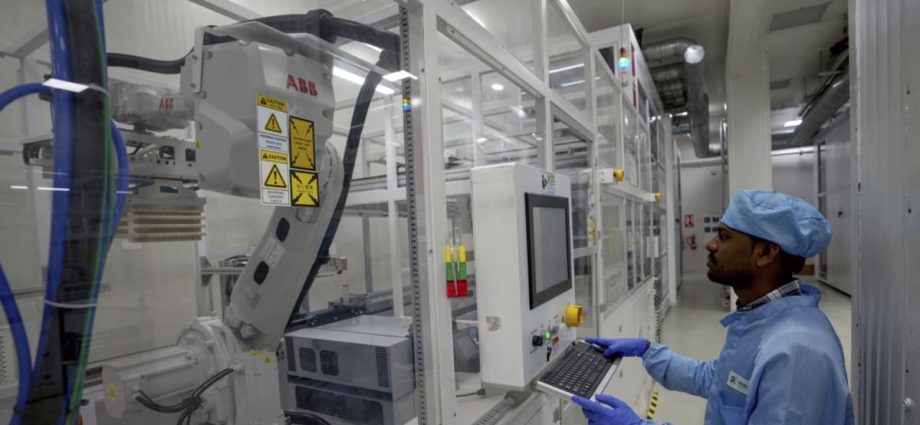
I’m sure there are some in New Delhi, too, who understand the possibilities of this moment, as multinational companies look to reorient supply chains to reduce their dependence on China.
After all, the central argument for diverting investment to India is the fact that it is a more reliable partner for the West. This is why we have begun work on several new trade agreements, including one with the European Union.
COMPETING AGAINST SOUTHEAST ASIA, CHINA
Yet little of that broader understanding spills over into the construction or implementation of trade policy, as this latest document proves. We aren’t looking for ways to build trust with trading partners such as Japan. Nor are we focused on how to share the burdens of sourcing and supply to promote a shared economic security.
Instead, the best we can offer are half-hearted incentives for manufacturers to shift their operations to India. When we can at most set aside US$10 billion for semiconductor subsidies while the US plans US$40 billion or so, that’s not a game we can win.
What should concern Indians most is that, in the end, this attitude suggests their government does not believe in them. Politicians in India fear greater economic integration because they aren’t convinced that India can be competitive with its peers.

